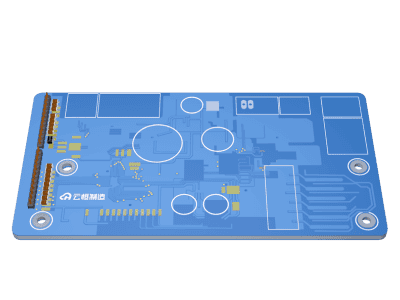Title:TheArtandScienceofElectronicMusicProduction(电子音乐制作的英文)
Electronic music, with its roots in the experimental compositions of the 20th century, has blossomed into a ubiquitous presence in today's musical landscape. Pioneers like Kraftwerk and Tangerine Dream paved the way for contemporary artists who now utilize an array of digital tools to craft their sonic creations. This genre has evolved beyond mere novelty, becoming a medium that captures the essence of modern life and expression.
At the heart of electronic music production are digital audio workstations (DAWs), which serve as a central hub for composing, recording, editing, and mixing music. Software like Ableton Live, Logic Pro, and FL Studio empower producers to weave together layers of sound with surgical precision, opening up a universe of creative possibilities. These platforms are equipped with an array of virtual instruments and effects that mimic or enhance traditional acoustic sounds, providing a diverse palette of sounds.
Two cornerstone techniques define electronic music production: sampling and synthesis. Sampling involves taking snippets of existing audio and manipulating them to create new sounds or rhythms, while synthesis generates sound waves from scratch, allowing producers to craft unique tones. These methods, combined with the artist's creativity, give birth to the diverse range of sounds that characterize electronic music.
The rhythmic foundation of electronic music often relies on loops - repeated sequences of beats or musical phrases. Drum machines and sequencers enable producers to program intricate patterns with exact timing, creating the danceable grooves that drive electronic tracks. The manipulation of these loops adds complexity and keeps listeners engaged.
Once the composition is complete, mixing and mastering bring out the best in each sound element. Mixing involves balancing levels, tweaking EQs, and applying effects to ensure a cohesive blend of sounds. Mastering, the final step, entails adjusting the track's dynamics and frequency response to make it competitive in any listening environment.
Electronic music production is both a technical and creative endeavor. It requires an understanding of acoustics, digital signal processing, and music theory, but also demands intuition, innovation, and artistic vision. Collaboration often breathes fresh life into a project, and online platforms have fostered a global community of learning, inspiration, and belonging among producers.
Electronic music production has had a profound impact on popular culture, giving rise to new genres, influencing fashion and visual art, and providing a soundtrack for social movements. The accessibility of production tools means that anyone with passion can contribute to this evolving cultural force.
As technology advances, the future of electronic music promises to be rich with possibilities. New instruments, software updates, and production techniques continue to emerge, pushing the boundaries of what can be achieved sonically. Electronic music will remain a vibrant and transformative art form for those seeking new ways to express themselves.
In conclusion, electronic music production is an intricate blend of art and science where creativity meets technology. From its early roots to the present day and beyond, this genre continues to evolve, offering endless opportunities for innovation and self-expression. Through diligent practice, producers can harness the power of sound to move and inspire audiences around the globe.





















